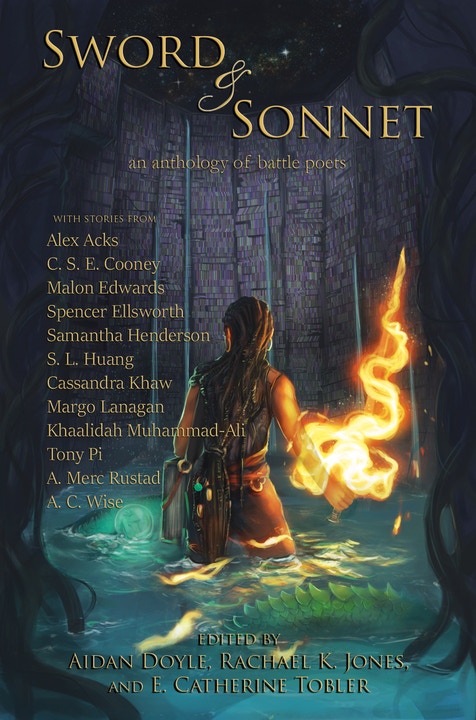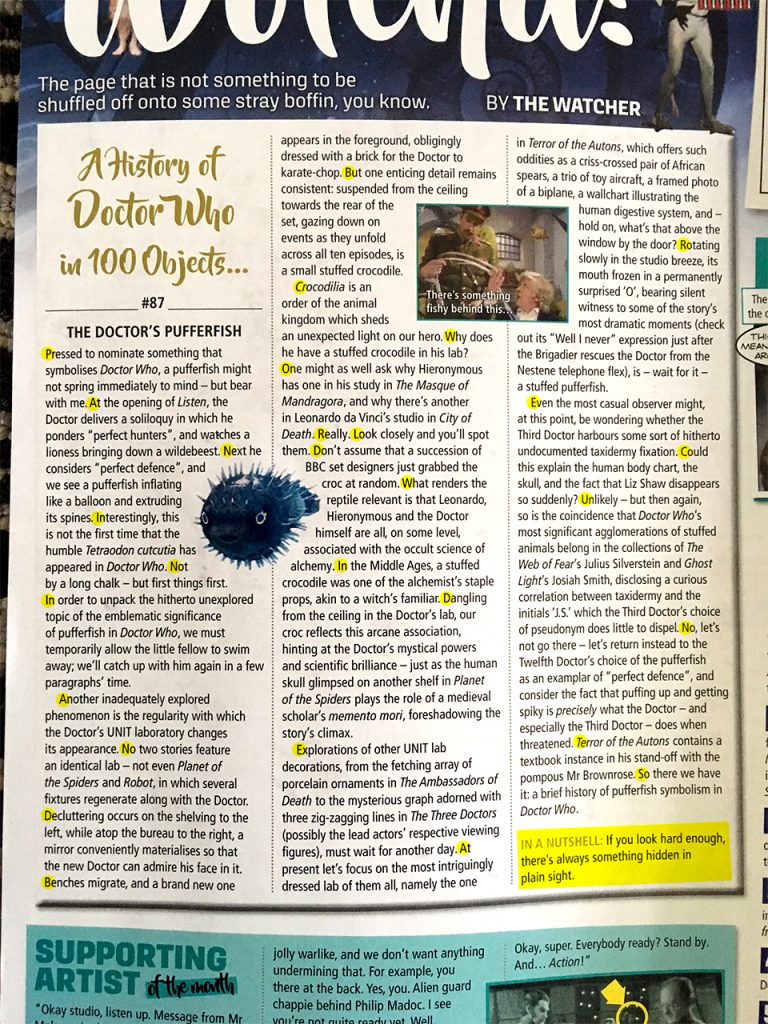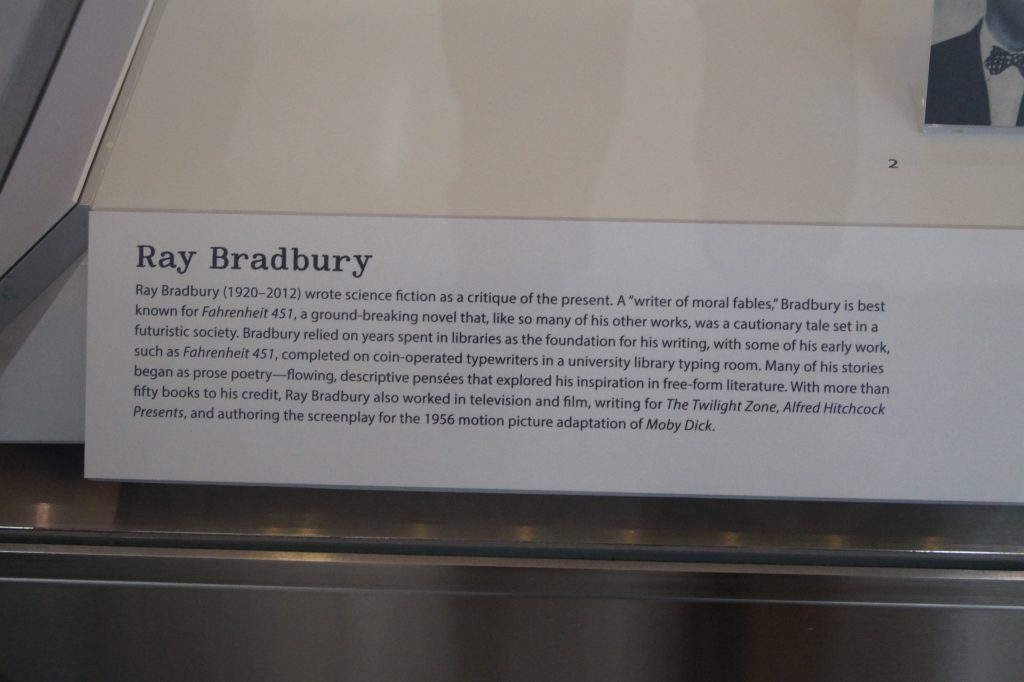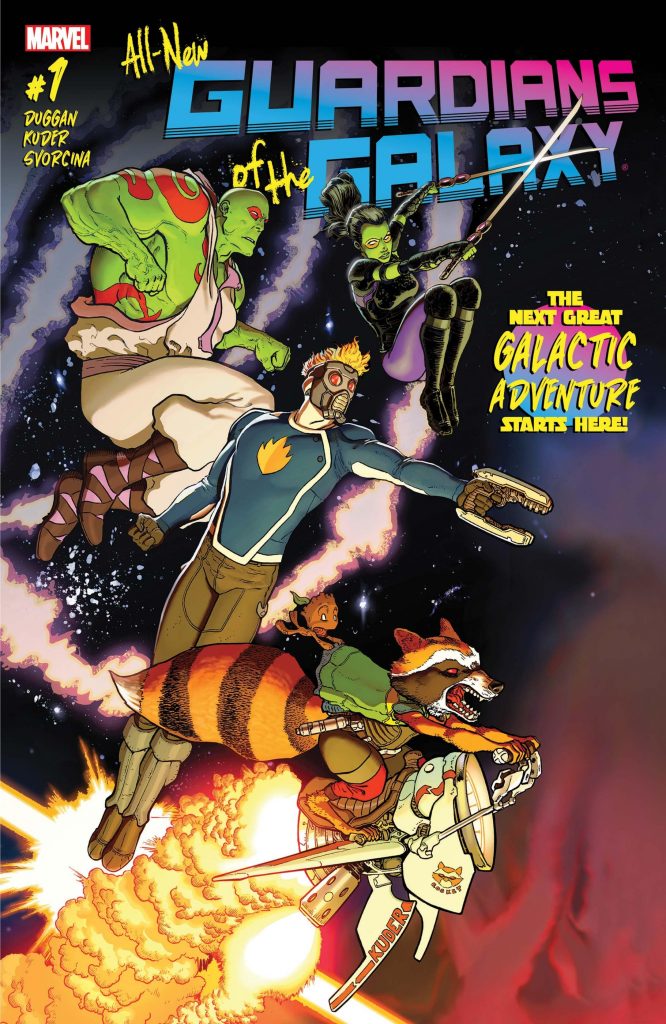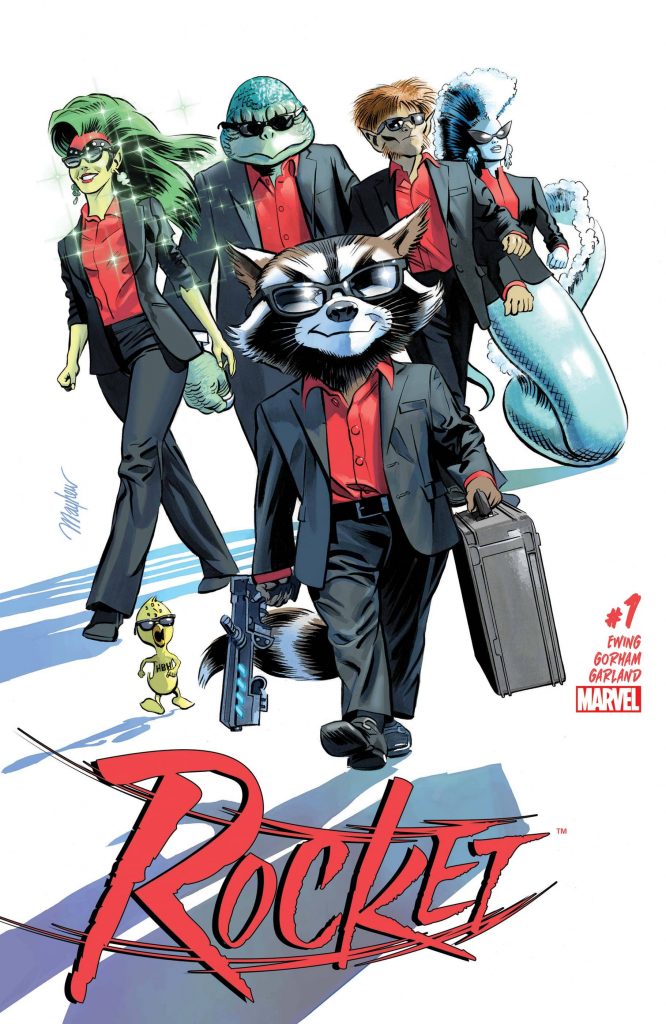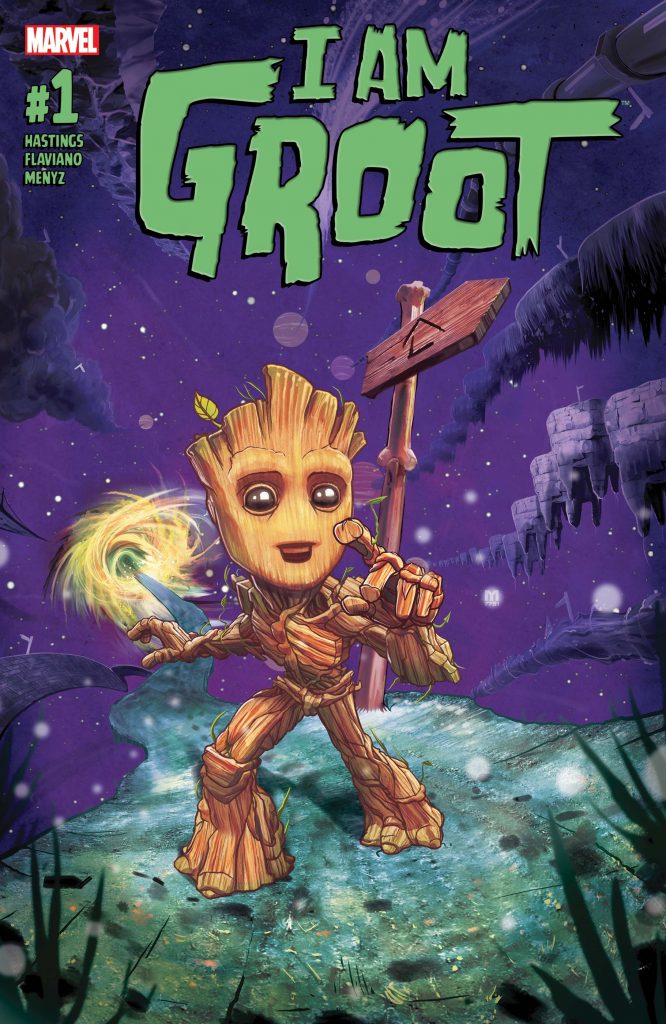(1) TEXAS LIBRARY ASSOCIATON ASKS TINGLE FOR DO-OVER. Today the Texas Library Association’s executive director Shirley Robinson published a “TLA Statement Regarding Author Chuck Tingle” which says they want him to reconsider participating in their annual conference, although it says nothing one way or the other about him going masked.
As you may know, the Texas Library Association is currently planning and securing speakers for our annual conference in April. Last fall, we extended an initial invitation to author Chuck Tingle to participate as a panelist at our Evening with Authors event. We later offered Mr. Tingle the opportunity to participate in a different conference event.
This was a misstep that we regret, and it is counter to our mission to ‘unite and amplify voices…through intentional equity, diversity, and inclusion.’
I contacted Mr. Tingle’s publisher today to apologize and to ask whether or not he might reconsider participating in our Evening with Authors event. I hope Mr. Tingle will accept, and we can discuss what has transpired so that we may all come to a place of greater understanding.
TLA has spent the last two years fighting for the freedom to read and freedom of knowledge in school libraries, and we are always on the side of authors. We set a high standard for ourselves, and in this instance, we did not meet it. In the future, we will be more diligent in our processes and clearer and more thoughtful when discussing opportunities with potential speakers at our events. I am sorry for this mistake. We will learn from this and do better in the future.
(2) FOR FAN MAIL. The US Postal Service will have a Dungeons & Dragons-themed stamp issue this year: “USPS Reveals Additional Stamps for 2024” at American Philatelic Society.
This stamp release marks the 50th anniversary of Dungeons & Dragons, described by its owners as the World’s Greatest Role-playing Game, that has become a cultural phenomenon. By inviting participants to imagine themselves as wizards, warriors and other adventurers in exciting and treacherous fantasy worlds, Dungeons & Dragons opened doors to whole new universes of creativity for generations of players. The pane of 20 stamps features 10 different designs that highlight characters, creatures and encounters familiar to players of the game. Greg Breeding, an art director for USPS, designed the stamps and pane with existing illustrations.

(3) TWO TO TANGO. The Guardian brings news of an unexpected collaboration: “Keanu Reeves and China Miéville to release collaborative novel The Book of Elsewhere”.
…Their joint novel is titled The Book of Elsewhere and is set in the world of the BRZRKR comic book series created by Reeves, first published in 2021. It follows an immortal warrior on a millennia-long journey to understand his immortality.
The novel is due to be published on 23 July by Penguin. Reeves, who is best known for his roles in The Matrix and John Wick franchises, said it was “extraordinary” to work with Miéville. “China did exactly what I was hoping for – he came in with a clear architecture for the story and how he wanted to play with the world of BRZRKR, a world that I love so much. I was thrilled with his vision and feel honoured to be a part of this collaborative process.”…
…“Sometimes the greatest games are those you play with other people’s toys,” said Miéville on the collaboration. “It was an honour, a shock and a delight when Keanu invited me to play. But I could never have predicted how generous he’d be with toys he’s spent so long creating,” he added….
…Upon its release, BRZRKR, created with writer Matt Kindt and artist Ron Garney, became the highest-selling original comic book series debut in more than 25 years. The comic will also be adapted into a live-action Netflix film starring Reeves and an anime series….
(4) ON THE ROAD AGAIN. Annalee Newitz soon will be touring to promote their far-future epic The Terraformers. Check the venue website to reserve free tickets.

(5) ALDERMAN Q&A. NPR interviews Naomi Alderman whose new book “’The Future’ asks if technology will save humanity or accelerate its end”.
NPR’s Ari Shapiro speaks with author Naomi Alderman on her new novel, The Future, which asks whether the giants of technology more likely to save humankind or accelerate its end.
…ALDERMAN: When I heard about these billionaires building their bunkers, I immediately thought of Lot. So this is a story that is about how you cannot escape from a terrible situation. If you think that, oh no, I’m powerful; I can escape; I can go to my bunker; I’m going to be all right, you just have to know that you take it with you. On a more broad level, I think Bible stories, particularly the stories of Genesis – I grew up reading them in the original Hebrew because I grew up very religious Jewish. And it seems to me that those stories are the foundations of what we might call Western civilization now, and we have sort of ceded them to religious education. So you learn those stories if you have a strong biblical schooling where you’re maybe taught that all of this is literally true, but actually, they’re incredibly important stories.
SHAPIRO: So, like, everybody can talk about the lesson of Icarus. Don’t fly too close to the sun.
ALDERMAN: Right…
(6) HE FOUGHT THE LAW AND THE LAW LOST. AND SO DID HE. Norman Spinrad’s latest “Norman Spinrad at Large” tells why he hasn’t had a new novel out for years.
…When I read that I am “One of the Four “Great Speculative Writers of the Past” I feel that I’m reading my own obituary. Sometimes when I am asked about things of my history I feel like I’m writing it.
Which, I suppose, is one good reason to let my Wikipedia answer such questions instead of myself. When I’m interviewed I’m much more interested in talking about what I’ve written about than talking about myself.
And another reason is that I don’t have time for much of such pondering of my past. I am indeed still crazy after all these years. Since my last new published novel THE PEOPLE’S POLICE in 2017 I’ve written dozens of my On Books column in Asimov’s. Songs. Journalism. This and that in the arts world. Political screeds. Published short stories and novellas, some of which are waiting to become a novel. Even a full first draft of a novel which needs a proper publisher with a good editor.
So why have I not published a new novel since THE PEOPLE’S POLICE in 2017?
That’s a story you won’t find in my wikipedia. That’s a story that is still going on.
There is a lot of talk today that because of the Woke vs. Maga literary political war, white male writers are finding it unfairly difficult getting their work published. Well, I confese that I am a white man, but I don’t think that is what had happened to me.
What Tor books did to THE PEOPLE’S POLICE is why I haven’t been able to publish a novel ever since. My editor on it there was the great David Hartwell. I was so confident of what he would do for the publication that Dona and I went to New Orleans on our own money to shoot promotional video for the book, knowing of course that Tor itself would not pay for any such thing.
But when we came back to New York, the shit hit the fan. David Harwell died in an accident, which among other things, turned THE PEOPLE’S POLICE into what is called a orphan book, meaning no one in Tor championed its publication. A horrible cover of a black cop and a white cop back to back on the hardcover against what the novel was actually hopefully about.
No one showed me the cover until it was too late to change,, telling me that David had approved it while he was still alive without showing it me, which he never would have done, and Tor refused to do anything at all with the videos that we had fronted with several thousand dollars of our money or even spend any at all on promoting the book.
What with the cover and the refusal of Tor to spend anything at all, what could have been a big seller at least in the South, the hard cover sanked. As you might imagine, I was not amused, but I thought a good cover, a just conver, could be put on the trade paperback, and Tor would have the freebee video for nothing.
Instead I was told that there would be no trade paperback. Well I was already crazy and did what most writers were not crazy enough to do. I went to war with Tor. And I won it. I got back my novel away from them so that I could at least create my own trade paperback on Amazon where it still is the only place you can find it.
But I paid a high price for my victory. I lost my agent because no agent can fight on the side of his writer against a publisher, and indeed shouldn’t for the sake of his other writers. And by then, it was becoming just about impossible get a proper publisher to even look at a novel except through an agent. And thusfar there has been no agent willing to take a chance on “One of the Four Great Speculative Writers of the Past.”…
(7) DARRAH CHAVEY OBITUARY. Wisconsin fan Darrah Chavey died January 6, 2024 from complications of heart surgery.
He was a mathematics professor at Beloit College in Wisconsin, teaching Computer Science, Ethnomathematics, and Ballroom Dancing.
He was a member of the Beloit Science Fiction and Fantasy Association. He was an active volunteer in putting on WisCon for a number of years, including running the “Internet Lounge”.
As a contributor to the Internet Science Fiction Database, one of his specialties was SF by women authors, especially works before the mid-80’s. Some of his research was captured on the SF Gender page.
He is survived by his wife Peggy Weisensel Chavey and other family members.
(8) TERRY BISSON (1942-2024). Author Terry Bisson died January 10 at the age of 81. He was especially well-known for short stories including “Bears Discover Fire”, winner of the Hugo and Nebula and Theodore Sturgeon Memorial awards, and ”They’re Made Out of Meat”. His story “macs” also won a Nebula (2001), as well as French and Spanish sff awards.
He recently was profiled in The New Yorker, “Terry Bisson’s History of the Future”, which noted his beginnings in the sff field.
…He sold his first science-fiction novel, “Wylrdmaker,” to the publisher David Hartwell in 1981, for fifteen hundred dollars. The novel was pulp: it told the story of Kemen of Pastryn, a satirical futuristic version of Conan the Barbarian. It wasn’t the book Bisson wanted to write, he told me, but “it was the smartest thing I ever did. That’s when I discovered you didn’t have to be fucking Hemingway or Fitzgerald to write a novel.” His second novel, “The Talking Man,” was more of a passion project—it was a fantasy novel set in the rural South, with junkyards instead of castles…
He also wrote many film novelizations, including William Gibson’s Johnny Mnemonic; Virtuosity; The Fifth Element by Luc Besson; Alien Resurrection; Dreamworks’ Galaxy Quest; and The Sixth Day, and three Jonny Quest novels, plus other media tie-in novels.
(9) MEMORY LANE.
[Written by Cat Eldridge.]
1987 — Sharyn McCrumb’s Highland Laddie Gone, published in hardcover by Avon Bokks thirty-seven years ago, is the third of the Elizabeth MacPherson mysteries and I think can safely discuss the setting of this novel and the prime character.
Sharyn McCrumb I’ve covered before, looking at several of her Ballad novels here as well as the genre Jay Omega series as well.
These novels are apparently her take at Agatha Christie as she has told interviewers. Now I don’t see that when I it read them but none-the-less Elizabeth MacPherson, forensic anthropologist, who’s from Scotland is a delightful central character.
Most of these novels are set in the mid Atlantic region of the States, and this one was no exception. The mystery is set at a Highland Games of which there are some hundred in the US alone. Now consider men wearing kilts, haggis on a stick, far too many bagpipes (and I like them) and way too much Scottish themed junk for sale. And everyone is of course Scottish for the day. Now she, our writer, manages to find the humor in all of that and make it quite interesting.
(Yes, I’m part Scottish. Scotch-Irish on my maternal side. No, not Scottish-Irish as I had to explain to more one person who said Scotch was a drink. Scotch-Irish are descendants of Ulster Protestants who emigrated from Ulster to North America during the 18th and 19th centuries. And I’m Welsh on the paternal side.)
MacPherson has to solve her mystery while dealing with the eccentric culture of the Highland Games. I think that McCrumb did a spot-on job of capturing the feel of those games.
Here’s our Beginning…
CLAN CHATTAN
Dear Elizabeth, How are you? It’s been ages! Due to a security leak in your organization (your mom), I have obtained your address and am writing to ask a favor. (In business school they teach us to come to the point in the first paragraph.) Did you know that I’m getting my MBA at Princeton! The folks are so thrilled about it—Daddy’s plastered bumper stickers on every vehicle we own, even the riding lawn mower. It’s quite sweet, really, to see them so happy. Your mother didn’t say what you were doing.
Haven’t seen you at the Highland games festivals since high school. You really ought to come to one. Surely you’re not still upset about the dance competition. Goodness, there’s so much more to a festival than that! There’s the hospitality tent, and the nametag chairman. Not everybody is meant to be graceful, you know.
Anyway, I hope I can persuade you to come to the Labor Day games (see enclosed brochure), because there is something that I need a volunteer for. You remember Cluny, don’t you? He’s fine, as reserved as ever. For the past two years, I’ve been the person in charge of him for the festivals. You know how they like a pretty girl to show him off. Well, this year I simply can’t come! I’ll be in Europe during term break with my flatmate. So, I need someone to take my place. Buffy and Pax and Cammie-Lynn were all booked up, so I’m hoping that you’ll show the old Clan spirit and volunteer for the job. But if you can’t afford it, do say so, and I’ll understand.
Please let me know soon about this. I’m off to Europe next week. Oh, and what have you been doing lately? Teaching? Got to run!
Mary-Stuart Gillespie
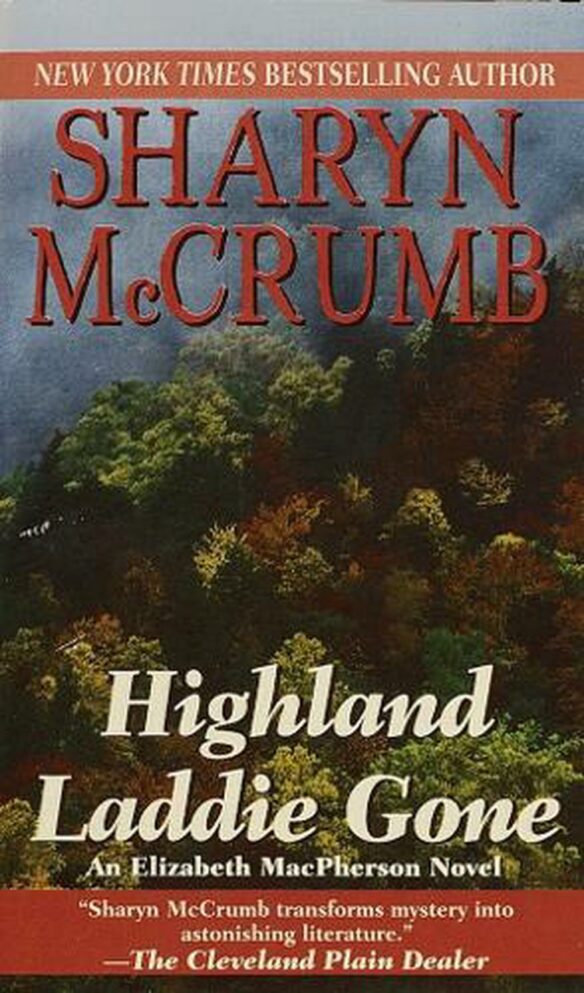
(10) TODAY’S BIRTHDAY.
[Written by Cat Eldridge.]
Born January 10, 1957 — George Alec Effinger. (Died 2002.) I first experienced him when I read the Marîd Audran novels (Gravity Fails, A Fire in The Sunand The Exile Kiss). Though he set them in a 22nd-century Middle East, the setting isn’t really faithful to that reality but reflects more the city of New Orleans where he lived much of his life. Truly exceptional novels.
He started work on a fourth Audran novel, Word of Night, but died before that work was completed. The existing two chapters of Word of Night that he did complete are now available in Budayeen Nights, along with the other Budayeen stories and some other short stories as which was edited by Marty Halpern at Golden Gryphon.
The “Schrödinger’s Kitten” novelette won a Hugo at Noreascon 3, it also garnered a Sturgeon and Nebula too; his “Marîd Changes His Mind” novella was nominated for a Nebula but was withdrawn for a Hugo after the nomination was declined.
He wrote a lot, and I do mean a lot, of novels besides the Marîd Audran works but I’ll confess that I’m largely unfamiliar with most of them. I’ve immensely enjoyed The Red Tape War co-written with Resnick and Jack L. Chalker, but that’s it. Anyone care to give an opinion on the rest of his novels?
I see he did the scripts for about a dozen comics, one of which was “The Mouse Alone!” in which he created the character of a young Gray Mouser. Huh. That was the Sword of Sorcery #5 issue, DC Comics, Nov.-Dec. 1973.
And I was surprised to learn he did a Sandman story as well, “Seven Nights in Slumberland” which ran in The Sandman: Book of Dreams. I must’ve read it at some point as I read that anthology. It’s a very good anthology too.
Planet of the Apes novels? Really? Anyone here read these?

(11) ANNIVERSARY CELEBRATION.
[Item by Cat Eldridge.]
2001–So this date was when The Lord of the Rings: The Fellowship of the Ring film was premiered at the Odeon Leicester Square in London twenty-three years ago.
I don’t as a rule watch films or series based off literary works that I deeply, madly love. That’s because I’ve got in my mind’s eye my own vision of what each character looks like already, what the landscape is and so forth. So I’m usually disappointed by what is visually created by even the best of our video creators. Not their fault of course.
I cannot begin to remember the number of times that I’ve read The Fellowship of the Ring as it is a novel that I both deeply loved and found to be one that I find always is fresh when I read it. Forty years on since by my first reading of it and now I’m listened to being the tale narrated by Andy Serkis, and I was once again deeply and fully delighted by this story as written by Tolkien.
The very first words of “When Mr. Bilbo Baggins of Bag End announced that he would shortly be celebrating his eleventy-first birthday with a party of special magnificence, there was much talk and excitement in Hobbiton” were enough to draw me and they’ve drawn me ever since. The rest of the novel is just as good.
So did Peter Jackson do that to me? Very much not at all. He was faithful to the source material as he much as could be given the difference in story telling mediums, and the script as written by him, his wife Fran Walsh and Philippa Boyens (they were the writing team for all of the Tolkien films) was quite delightful indeed.
The actors? Stellar they were, one and all in creating the feel that characters of this novels had come alive. I can’t possibly detail all of them here. I really can’t. My favorites? Ian Holm as Bilbo Baggins, Elijah Wood as Frodo Baggins, Ian McKellen as Gandalf and John Rhys-Davies as Gimli. Those are my favorite actors the first time that I watched it and they remained so with repeated reviewings.
McKellen it is said by several sources was the fourth choice as the first three approached to play that role turned it down because of ill health — Patrick McGoohan, Anthony Hopkins and Christopher Plummer.
Oh and the universe they inhabited. John Howe and Alan Lee were deeply involved as conceptual artists throughout the project, Lee mainly on the architecture such as creating Hobbiton; Howe on characters such as Gandalf, the Ents and the Balrog. Weta was responsible first such things as armour, miniatures and weapons.
Oh those Ents. They were just what I expected them to be, perfectly realised to be what was in my minds eye. I did look for a nicely crafted one after the film came out even then they were they were running well several hundred dollars unfortunately. Still want one to have who will sit among my plants here.
So let’s not forget the New Zealand landscape standing in for Middle-earth. It worked magnificently as it has on oh so many occasions for other series and films now. I felt like I was seeing Middle-earth made real.
So I fell in love with it and have stayed so. And therefore I’m not at all surprised that it won at Hugo at ConJosé. It certainly deserved that Hugo.
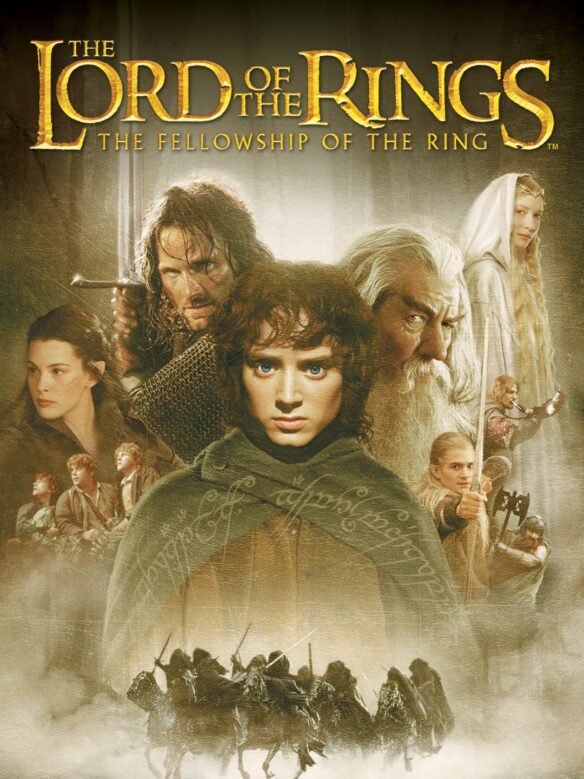
(12) COMICS SECTION.
(13) NEXT TREK. “Star Trek: New Movie in the Works at Paramount Set Before 2009 Film” according to The Hollywood Reporter.
After years of stops and starts, Paramount is making a step toward returning Star Trek to the big screen. Toby Haynes, who directed episodes of of the Star Wars series Andor, will helm a new feature, with Seth Grahame-Smith writing.
This would mark the first feature for Haynes, who helmed the dark, celebrated Star Trek-inspired episode of Black Mirror, “USS Callister.”
Deadline’s article adds, “Insiders add that the final chapter in that main series, Star Trek 4, remains in active development.”
(14) THE APPRENTICE RETURNS. The Mary Sue rejoices: “Heck Yeah, We’re Getting Season 2 of ‘Ahsoka’!”
…Ahsoka‘s renewal is welcome, if unsurprising. The series premiere got 14 million views in the first five days following its premiere, and the series holds an 86% fresh rating on Rotten Tomatoes. Ahsoka joins Andor, which is also getting a second season.
Ahsoka stars Rosario Dawson as Ahsoka Tano, a former Jedi Padawan apprenticing under Anakin Skywalker. Dawson first played the character in season two of The Mandalorian followed by an appearance in The Book of Boba Fett. The first season of Ahsoka premiered on Disney+ in August 2023 with 8 episodes….
(15) EXPOSURE. The LA Public Library announced a way for indie authors to submit their e-books for circulation. The info doesn’t discuss any payment for authors.

The Los Angeles Public Library is partnering with BiblioBoard to bring the Indie Author Project public library e-book discover service to L.A. residents.
Indie Author Project provides L.A.’s self published authors a wonderful opportunity to submit their e-book for circulation at LAPL, libraries throughout California, and possibly libraries nationwide. This is a great way to reach a wider reading audience and build buzz on your book.
Indie Author Project also provides adventurous readers access to exciting new literary voices in a variety of genres. Discover a great new author before they make it big!
Click here if you are interested in submitting your title and read the terms of agreement.
Submissions must be in the epub or pdf file format—here are a few sites that provide simple free tools to convert files from MS Word to epub: Online-Convert; Zamzar. Or, use our free Pressbooks tool to create a professional quality formatted ebook file.
(16) ARTIST INTELLIGENCE. [Item by Steven French.] What do you do when you don’t have a photo to go with a creepy story about a Tennessee ghost or an Aboriginal Australian cryptid? You ask an illustrator for an equally spooky image of course! Atlas Obscura shared its best illustrations of the year: “In 2023, We Illustrated the Darkest Corners of the Human Imagination”.
At Atlas Obscura, we’re always curious about the unusual, and that doesn’t always lend itself to photos. So we turn to an amazing army of illustrators to bring readers into our stories. This year, we noticed that many of our favorite illustrations were commissioned to depict the dark and the mysterious—pretty on-brand for us—whether it’s of menacing creatures of the spring, un-jolly characters of Christmas, or myths of the Egyptian underworld. Our artists around the globe took on the art direction challenges with spooky glee, and brought these unearthly stories to life with bewitching visuals….
…Illustrator Harshad Marathe generally enjoys working on otherworldly subject matter, such as mythology, or creatures, demons, and dieties. So he took naturally to the Egyptian sun god, on a boat towed on snakes, in a desert. He conceived other trippy and colorful scenes for our series on Egypt’s netherworld, a highlight of our annual month-long Halloween bacchanalia….

(17) VIDEO OF THE DAY. The trailer has dropped for Monolith, available in theaters and on digital beginning February 16.
While trying to salvage her career, a disgraced journalist begins investigating a strange conspiracy theory. But as the trail leads uncomfortably close to home, she is left to grapple with the lies at the heart of her own story.
[Thanks to Andrew Porter, John King Tarpinian, Chris Barkley, Daniel Dern, Ita, Kathy Sullivan, Carl, Cat Eldridge, SF Concatenation’s Jonathan Cowie, Steven French, and Mike Kennedy for some of these stories. Title credit belongs to File 770 contributing editor of the day Jeff Smith.]



